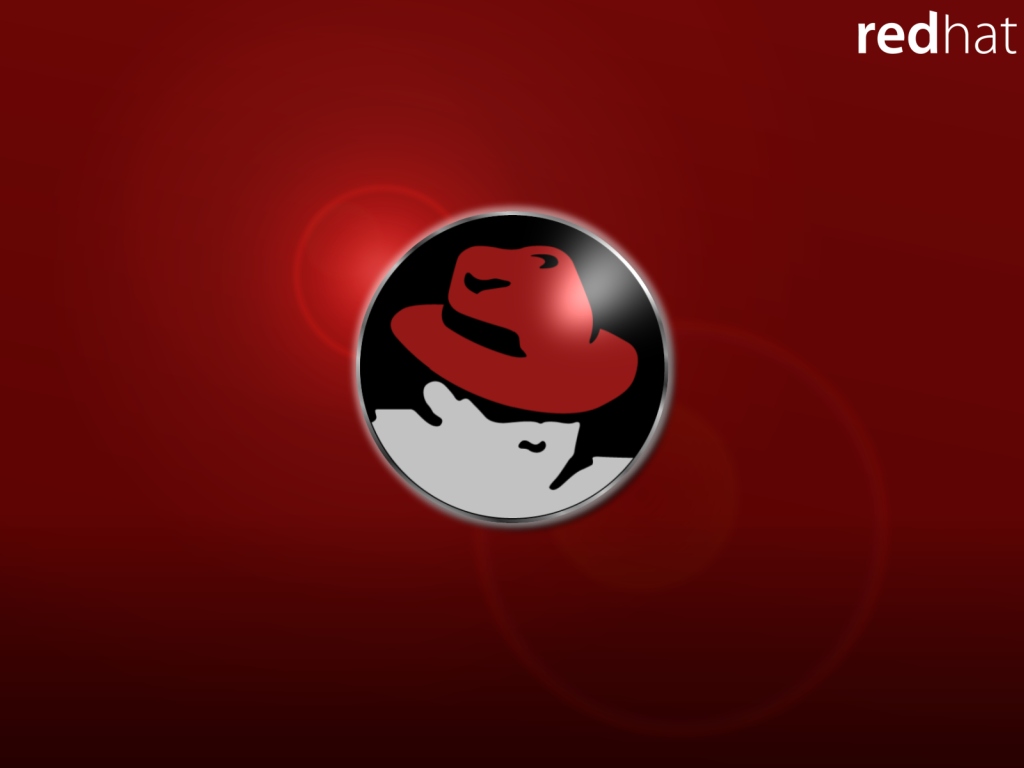- Red Hat Select The File Which Is Your Driver Disk Image Free
- Red Hat Select The File Which Is Your Driver Disk Images
- Red Hat Select The File Which Is Your Driver Disk Image File
- Red Hat Select The File Which Is Your Driver Disk Image Download
- Redhat Select The File Which Is Your Driver Disk Image
Red Hat 6 Installation Guide – RHEL 6 Install Screenshots. Download Red Hat 6 Beta DVD images here. Red Hat 6 RHEL Installation 1. Select Install or upgrade. Specifying the Location of a Driver Update Image File or a Driver Update Disk If the installer detects more than one possible device that could hold a driver update, it prompts you to select the correct device. Mounting a raw partition file made with dd or dd_rescue in Linux. You should end up with your partition table as well as the grub data from the MBR in your image file. If you run file against the image file. What if you want to pull some files from this image without writing it out to another disk? Mounting it like a loop file isn’t. If space on your destination drive is at a premium, select the 'Compressed' option to make your image file up to 40% smaller than in normal mode. A PC running DriveImage XML; The saved disk.
I need to make a driver disk for anaconda. This disk would contain an updated module for the network card of a somewhat recent laptop and the goal is to get a network install of CentOS 6.2 working. I am using cobbler so even the kickstart file itself is on the network. I don't mind if the installation is not completely unattended and I don't mind sticking a USB stick with the driver disk image during the install and manually selecting the correct item, but I do want to keep everything else on the network (kernel image, initrd, kickstart file, RPM repositories).
Red Hat Select The File Which Is Your Driver Disk Image Free
I already got the updated driver built, and I even have a 'kmod' RPM built with the help of /usr/lib/rpm/redhat/kmodtool. Unfortunately I have found absolutely no documentation on what a driver disk looks like.
http://www.phil.muni.cz/~letty/linuxfaq/pracovni/driver-disk-howto is the only link I could find, and it describes the struggle of someone who did the same thing I did - downloaded driver disks and tried to explore them. Unfortunately the format in CentOS 6 seems to have changed and the best I could do is to get anaconda to tell me that:'Driver disk is invalid for this release of CentOS.'. The log itself says 'cannot find /tmp/drivers/rpms/x86_64/repodata' and until now I have not seen a driver disk with 'repodata' on it.
Currently diving into the anaconda source code but I hope someone can point me in the right direction.
2 Answers
I may have found my answer in the anaconda source after all.
Red Hat Select The File Which Is Your Driver Disk Images

To generate a CentOS 6 compatible driver disk, you can create a squashfs image (other filesystems might also work, but squashfs is by far the easiest to create) with the following layout:
rhdd3- a file with a simple one-line comment to describe the disk.rundepmod- the presence of this file tells the installer that it should rundepmodin order to pick up the modulesrpms/x86_64- an optional yum repository containing the kmod RPMslib/modules/2.6.32-220.el6.x86_64/...- the actual kernel modules go here; if the driver disk contains an updated driver of an upstream driver, then the directory structure here should match the upstream kernel module location. The version of the kernel should of course match the version of the installer.
And since a picture is worth a thousand words, here is the sample driver disk we use to kickstart recent laptops that need an updated atl1c.ko driver:
I found this when searching for instructions on how to create a driver disk for Centos 7.4. In my case I needed a RAID driver for installation on a HP Microserver where the only internal disks are part of the RAID.
I started with on old device driver disk (actually a USB key), which had the following folders (among some other files):
The following process seemed to work for me:
- Remove the contents of the
/rpms/x86_64/folder on the USB key - Download the correct/latest driver as a RPM file
- Move this RPM to a folder on its own
- Ensure the createrepo package is installed
Run the following command, where your_folder is where the RPM is found:
createrepo your_folder/Check that this has created a
repodatafolder in your_folder- Copy the contents of your_folder to
/rpms/x86_64on the USB key
While this doesn't directly address the OP, it may be helpful for someone else who came across this page when trying to work out how to create a device driver disk for CentOS installs.
Not the answer you're looking for? Browse other questions tagged centosredhatcentos6kickstartanaconda or ask your own question.
Hi,I am installing 6.8 iso from a usb stick, I copied CentOS-6.8-x86_64-bin-DVD1.iso to a usb stick:
 $ sudo dd if=/tmp/CentOS-6.8-x86_64-bin-DVD1.iso of=/dev/sdc
$ sudo dd if=/tmp/CentOS-6.8-x86_64-bin-DVD1.iso of=/dev/sdcPlugged usb to the dell 11 3000 laptop, it loaded installer, set up language, then it asked Select the file which is your driver disk image. I have following contents in the usb, I tried isolinux/initrd.img, it failed, I tried isolinux/boot.img, failed, I tried images/install.img, also failed, tried isolinux/vmlinuz, images/pxeboot/vmlinuz, images/efidisk.img, all failed to load driver disk from file, which is the disk driver image file in CentOS-6.8-x86_64-bin-DVD1.iso?
CentOS_BuildTag RELEASE-NOTES-en-US.html
EFI repodata
Red Hat Select The File Which Is Your Driver Disk Image File
EULA RPM-GPG-KEY-CentOS-6
GPL RPM-GPG-KEY-CentOS-Debug-6
Red Hat Select The File Which Is Your Driver Disk Image Download
images RPM-GPG-KEY-CentOS-Security-6isolinux RPM-GPG-KEY-CentOS-Testing-6